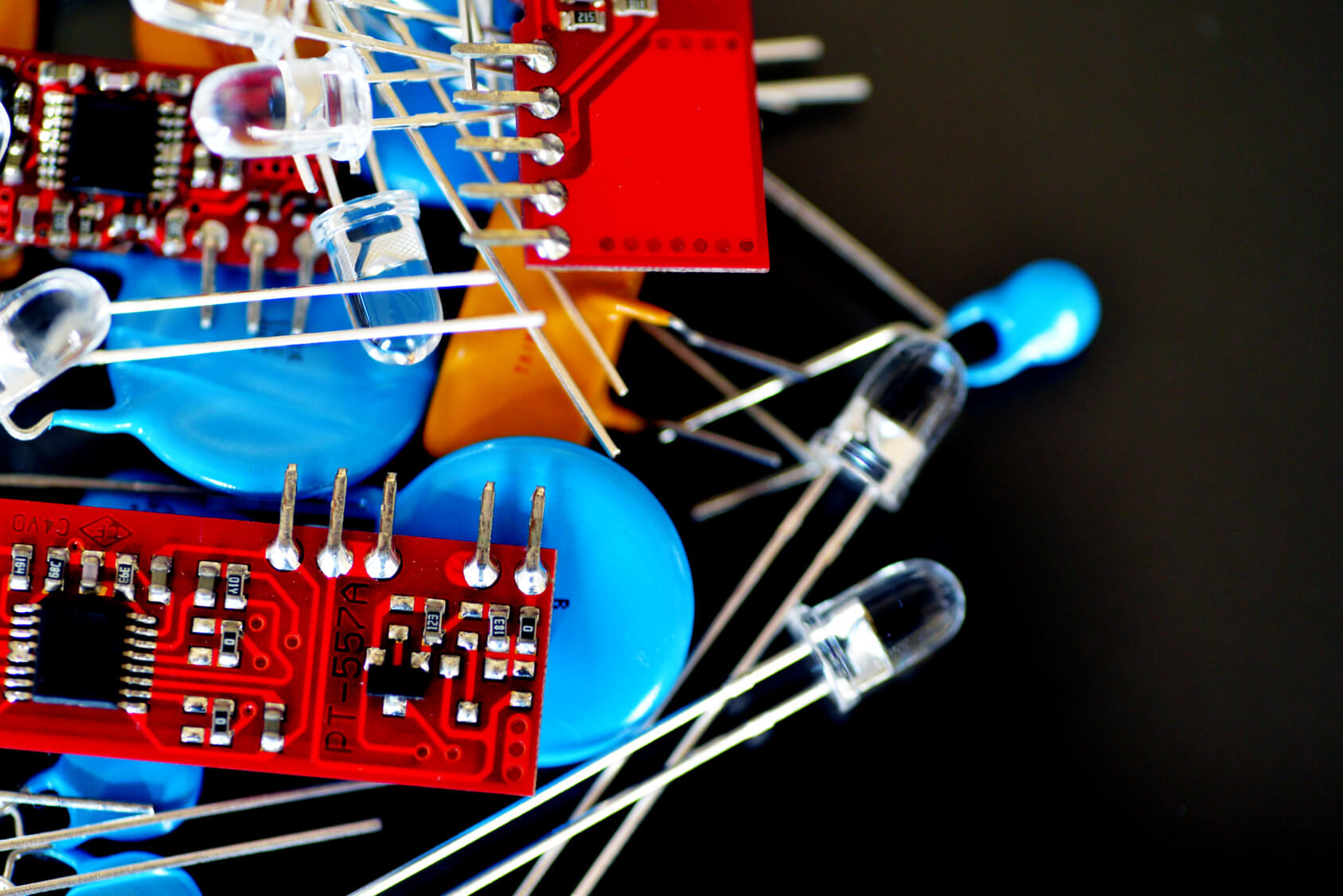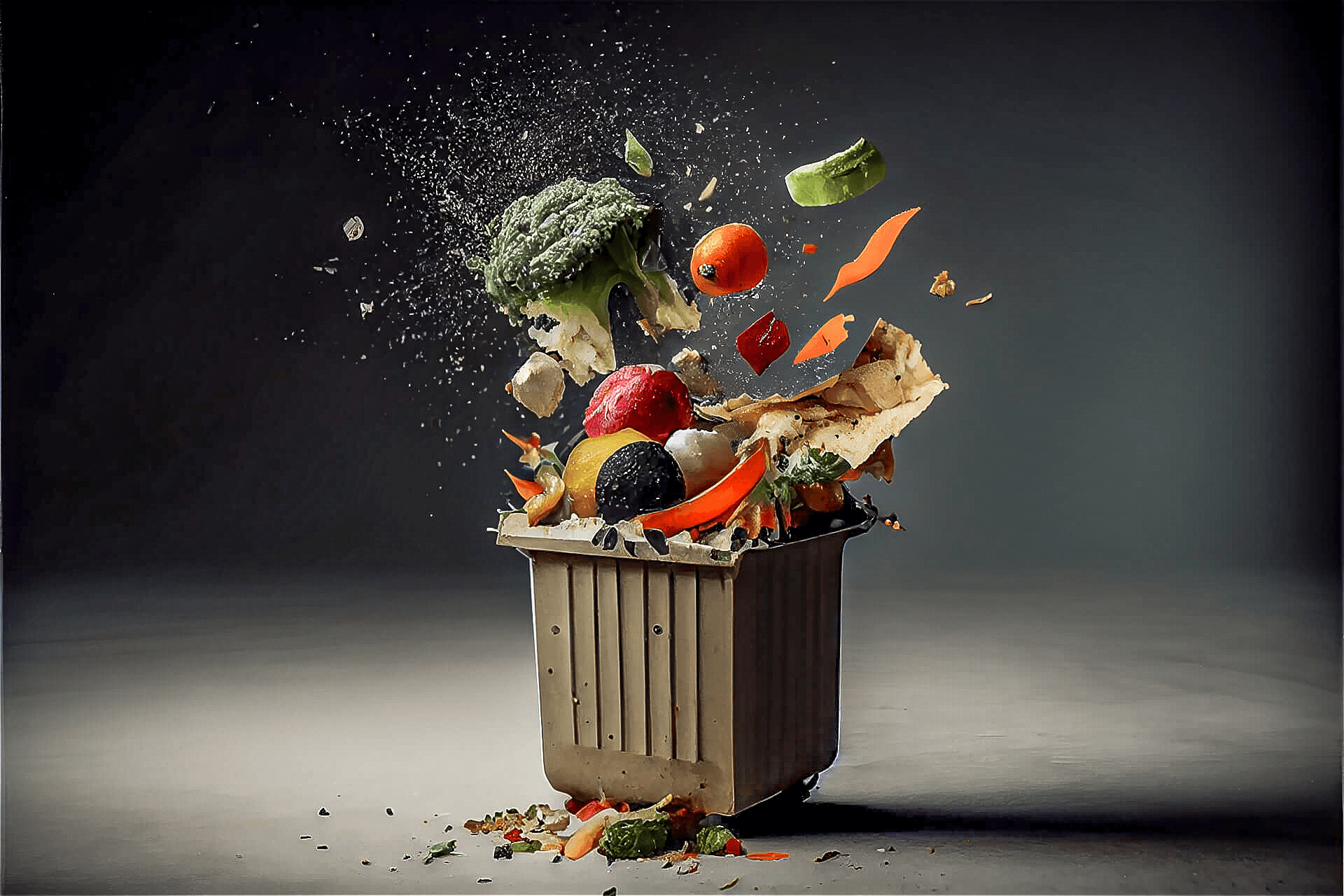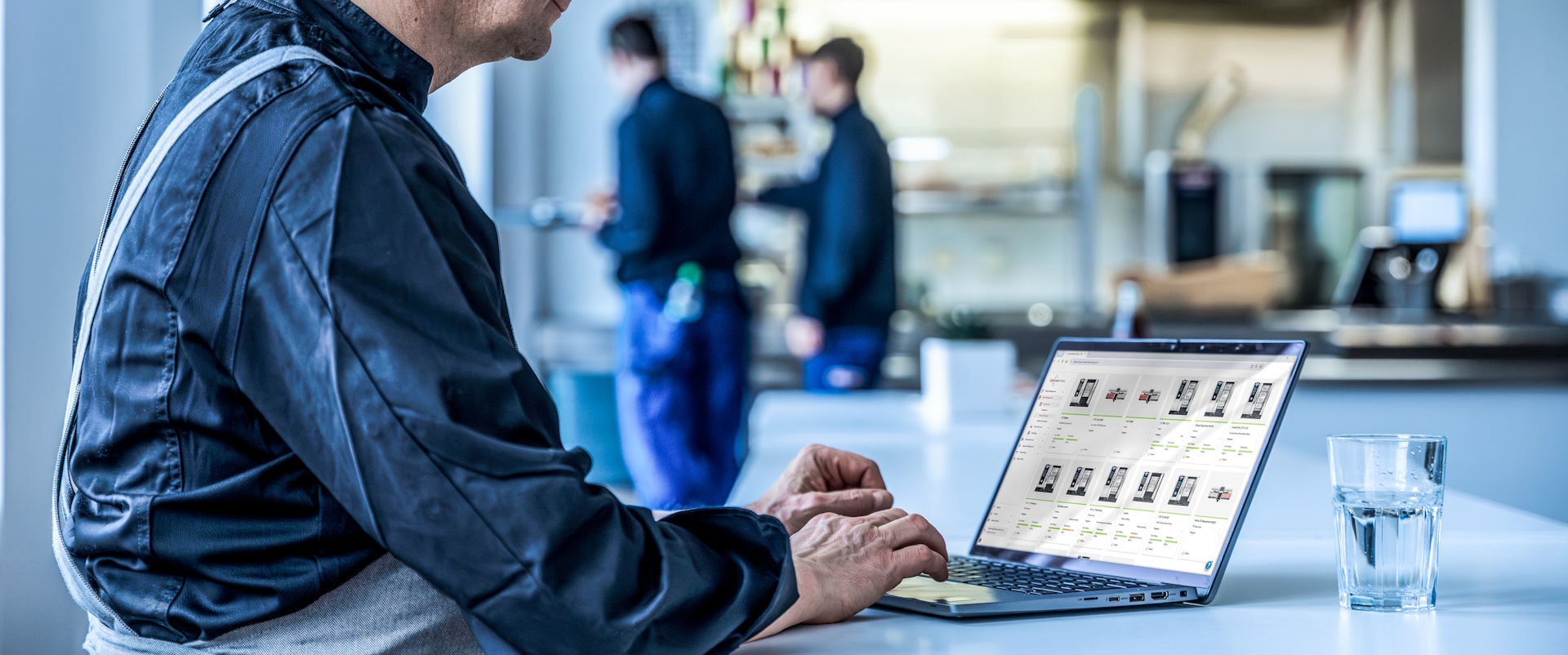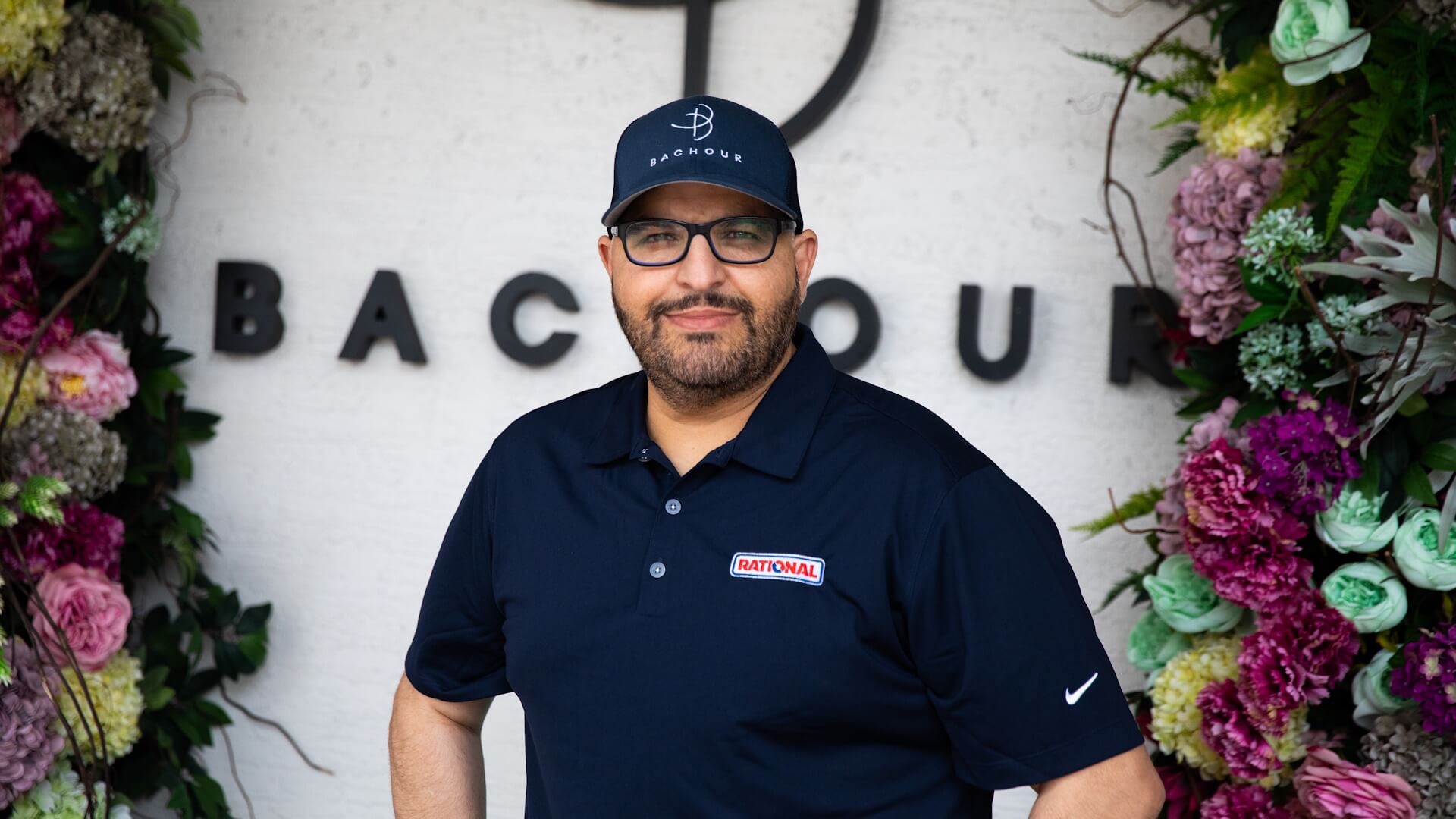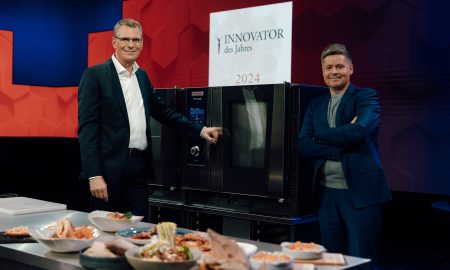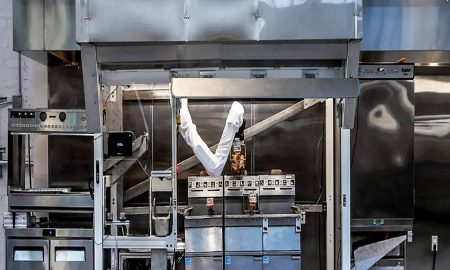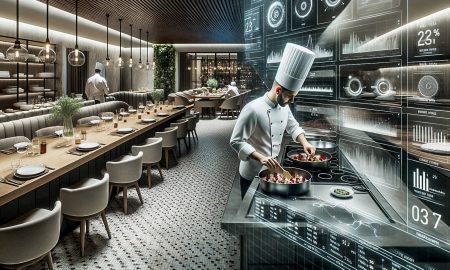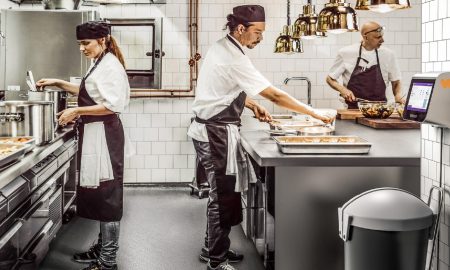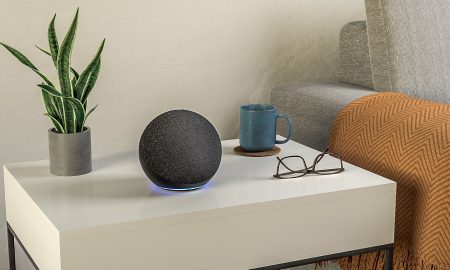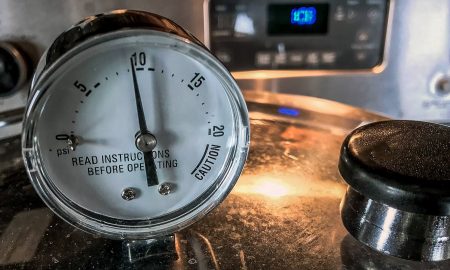The Internet of Things (IoT) is rapidly transforming manufacturing and other asset-heavy industries. A report from Accenture found that using connected devices to predict when a machine needs servicing instead of waiting until it breaks down could reduce maintenance costs by 30% and lead to nearly 70% fewer breakdowns. The potential impact of the IoT, which is set to encompass a network of more than 75 billion smart devices by 2025, is just as significant for foodservice businesses.
IoT saves money
In an industry with ever-tightening margins, the improved efficiencies offered by linking sensors and RFID tags on equipment and stock to cloud-based databases that can be accessed by staff members via mobile apps could even make the difference between success and failure.
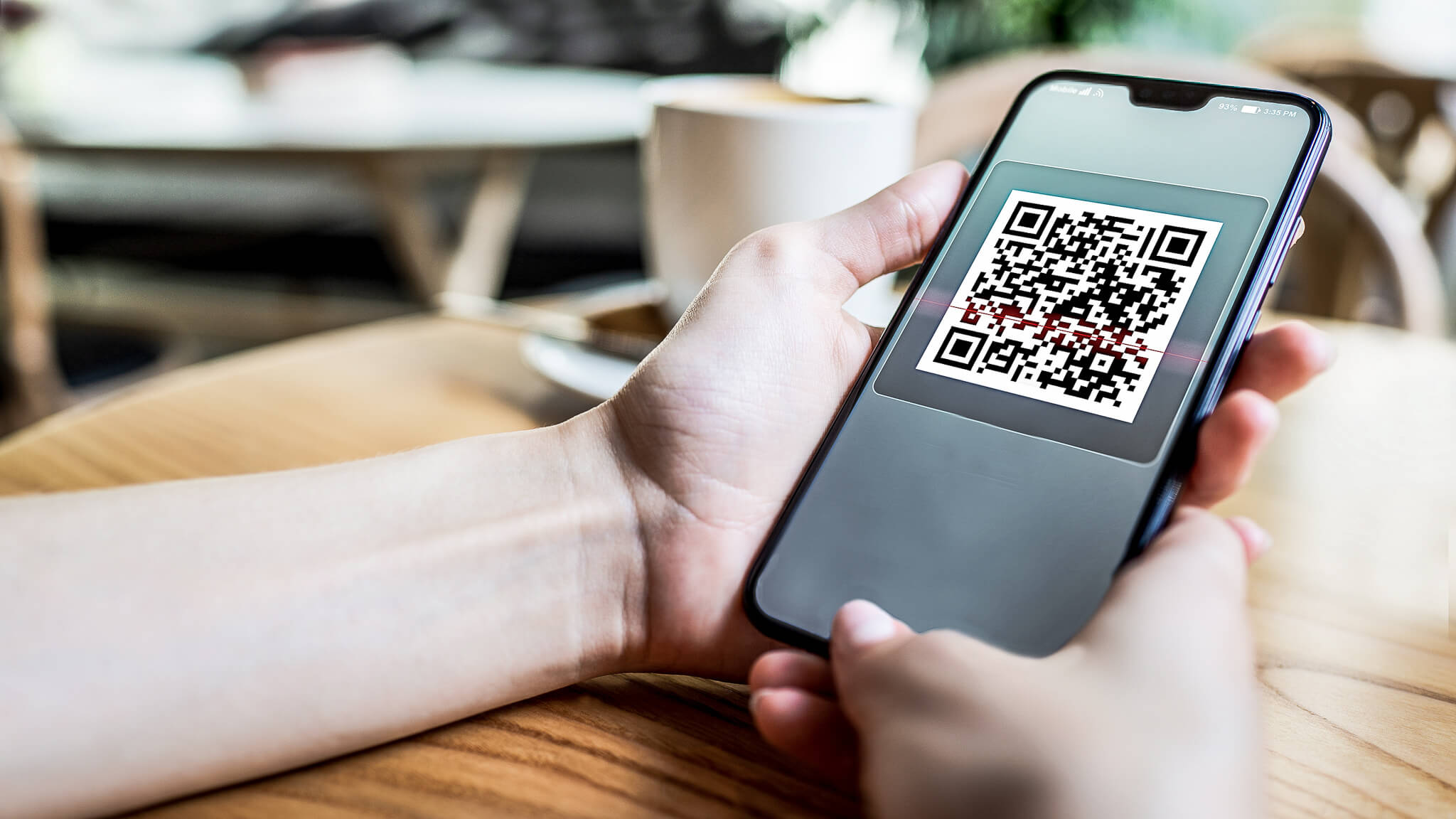
Image: AdobeStock | WrightStudio
Indeed, according to Gartner, smart appliances will be offering F&B companies 15% in annual cost savings.
In foodservice IoT is already used to ensure hygiene
One of the ways IoT is already being used in foodservice is to improve food safety. In place of manual, paper-based processes more and more operators are investing in sensors that regularly monitor the status and temperature of refrigeration equipment. These devices can then send automated alerts to restaurant managers’ mobile phones – whether they’re on site or not – so they can take appropriate action to stop coolers’ contents spoiling.
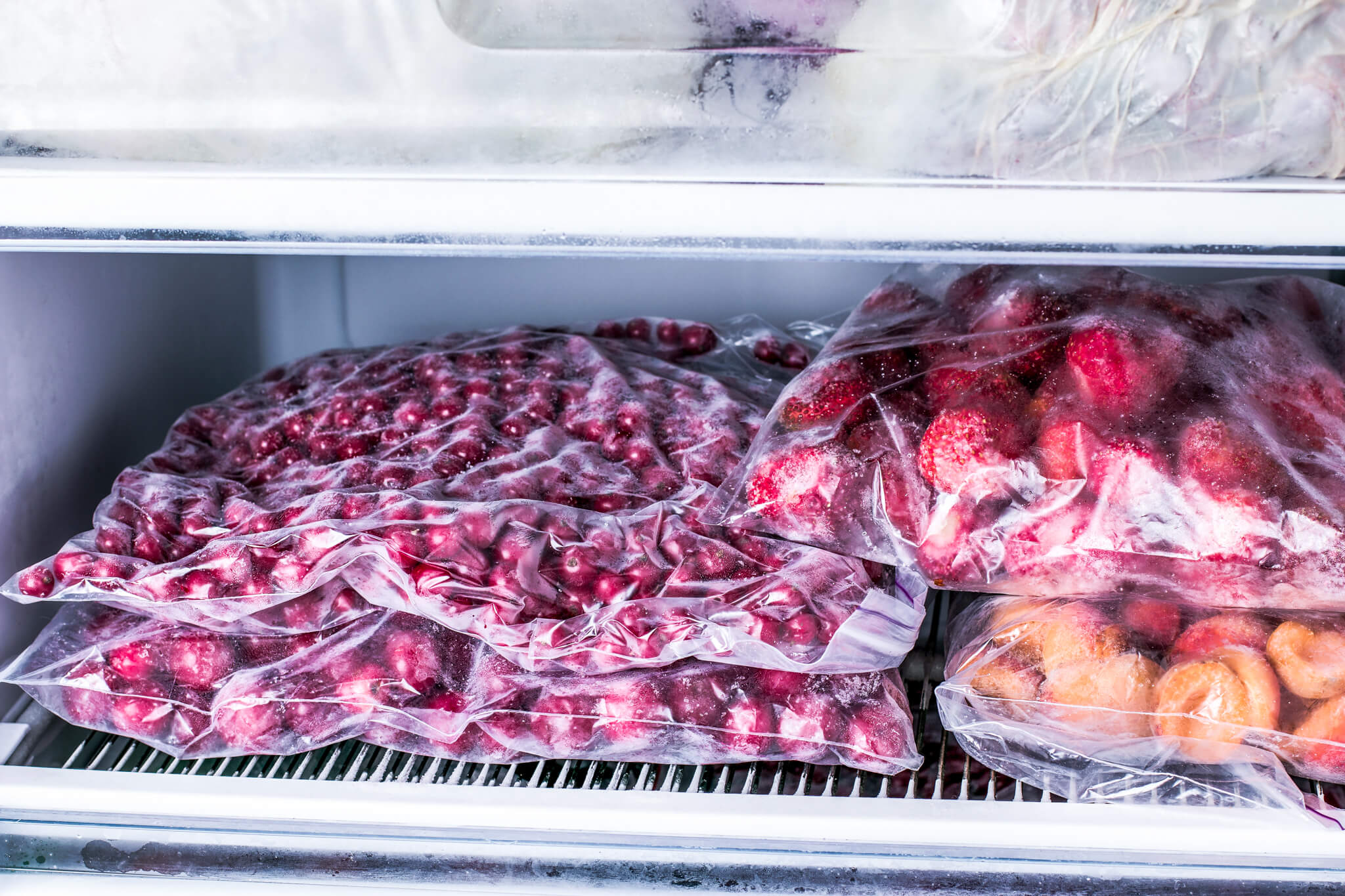
Image: AdobeStock | qwartm
IoT technologies such as temperature probes, barcode scanners and RFID infrared readers are also being used before the ingredients even reach the restaurant kitchen to track shipments and trace changes in temperature, moisture and other factors that can have an impact on food quality across the supply chain.
Smart connected equipment – further building blocks towards the professional kitchen of the future
Cookers that can be controlled by sensors connected to the Internet are becoming more prevalent too – largely thanks to the labour savings they bring. Rational’s combi oven iCombiPro, for example, allows chefs to program functions such as overnight cooking, grilling and roasting and sends push-notifications on everything that is happening on and in the unit to the restaurant manager.
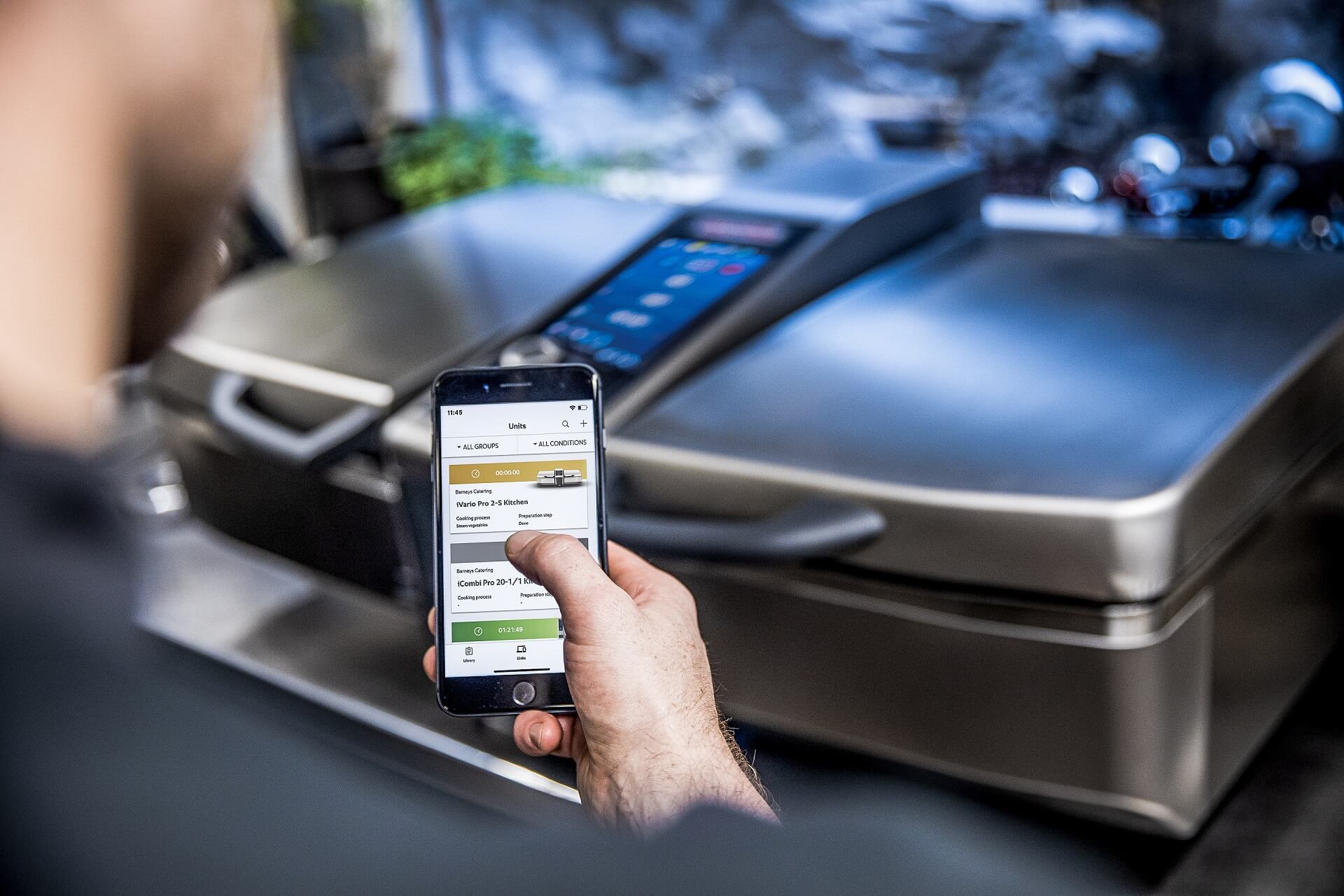
Image: RATIONAL
Real-time monitoring of connected equipment like refrigerators and ovens also enables granular measurement of energy consumption, which, over time, can be used to improve businesses’ energy efficiency, while fitting RFID tags to stock items back of house means they can be automatically replenished when required, reducing the complexity of purchasing. Although mobile devices are more complex than sensors and RFID tags, they are also set to become an important part of the connected restaurant of the future.
Mobile devices and apps also play an important role
For example, smart engagement apps on employees’ mobile devices can tell operators whether they are in the building and clock them in and out. Operators can also use geo-location services to see if an employee is in the restaurant when they say they are – not clocking in from home. And going one step further, mobile devices can be used, too, to recognise customers when they walk into or sit down at a restaurant and tailor their experience to their preferences.

image: Adobe Stock | chika_milan
IoT – the upheaval in the restaurant industry has already begun
For Christian Berthelsen, chief technology officer of hospitality technology company Fourth, the key to success for restaurateurs who want to use the IoT to make their operations more connected is to fail fast and move on quickly from mistakes. He wrote in a recent blog post:
“Refrigerators connected to the Internet that report real-time temperature already exist, as do some of the RFI capabilities and mobile employee engagement apps. But they operate in isolation. Putting it all together remains a challenge, albeit a workable one.
Regardless, the disruption has begun in the restaurant sector and the connected restaurant will be a reality sooner rather than later.”


